Situated on Vancouver Island, British Columbia, approximately 357 kilometers north of Victoria, Gold River serves as the launching point for a scenic 30-mile voyage down Muchalat Inlet to the Nootka Sound fishing grounds. Nootka Island holds historical significance as the first land where Europeans set foot, with Spanish explorer Perez's arrival in 1774. The better-known Captains Cook and Vancouver also landed in 1778 at Friendly Cove, claiming the land for England.
-
Nootka Sound, nestled near Bligh Island, is where Muchalat Inlet, Tahsis Inlet, and Tlupana Inlet converge. Another intriguing local destination is Hotsprings Cove, where natural hot springs in a sheltered moorage near the Escalante Lighthouse provide a relaxing respite before exploring the nearby indigenous village. Friendly Cove boasts captivating ancient church buildings.
-
Winter fishing in the area is challenging due to severe and unpredictable weather conditions, with wind speeds reaching up to 100 miles per hour. Additionally, fuel is not readily available, making the fishery for Friendly Cove Lighthouse's chinook and halibut best suited for experienced locals.
-
Summer fishing is influenced by onshore and convection winds in the inlets. Offshore fishing is typically pursued in the early morning, with afternoon fishing in more sheltered locations. Extended high-pressure systems make it easier to access fishing spots outside Nootka Sound, which is known for offering some of the best fishing opportunities on the entire coast.
-
Annual Salmon Runs
-
Nootka Sound is home to abundant populations of two salmon species: coho and chinook. Coho are primarily present as migratory mature fish in the summer months, making their way to local rivers like Gold, Tsowwin, and Leiner. Chinook salmon destined for areas such as Barkley Sound and Nitinat provide consistent winter action, while summer chinook head for local rivers.
-
From November to March, winter feeder chinook weighing between 5 to 20 pounds remain close to herring, anchovy, and needlefish schools in the outer waters, typically at depths of 100 to 150 feet in the Friendly Cove-Maquinna waters.
-
Halibut appear on Nootka Sound shoals from April to June, spreading across the flat sandy bottoms. Anglers target this species by drifting in waters around 300 feet deep.
-
Summer chinook salmon arrive in waves, with 25-pound fish inhabiting the Sound from July 15 to 30, followed by the best summer fishing period from August 1 to 15, featuring gigantic 30 to 50-pound chinook from Tahsis, Gold, and Burman River. In late August, coho salmon make their appearance, and September and October are the traditional times for local northern coho, averaging 14 to 20 pounds.
-
Unlike other areas, Fraser-bound sockeye and pink salmon migrate offshore and are rarely caught in Nootka Sound. Local rivers support limited chum salmon populations.
-
Preferred Lures Throughout the Year
-
The preferred bait includes green, glow-in-the-dark, and white anchovy teasers on a 36 to 48-inch leader, attached to a Highliner or Big Shooter flasher, which is a year-round favorite. Strip and 7-inch cutplug herring are also used, especially during winter. The fishing depths vary, with depths of 100 to 150 feet on the downrigger in winter and shallower depths of 20 to 40 feet in summer.
-
For halibut, a common setup includes herring on a spreader bar or Bottom Jigs and Mudrakers in sizes ranging from 18 to 24 ounces. Bright colors like orange and black, yellow and red, and green and white are favoured. Alternatively, anglers can use downrigger balls with herring as bait, drifting in Sound waters between Friendly Cove and Burdwood Point.
-
Hootchies, although not frequently used, include Army Truck, green and white, and white on 36 to 40-inch leaders, with pink hootchies used for the few sockeye and pink salmon encountered.
-
Flashers in green, red in UV, and glow are the typical mainstays.
-
Spoons find infrequent use, normally only used when mackerel and dogfish are present. Silver and gold or green spoons in Skinny G, Wee G, G Force, and Big Eye varieties are effective choices.
-
Overall Fishing Strategy and Key Areas
-
Local fishing advice emphasizes targeting chinook salmon early or late in the day. A typical fishing day starts with a 5:30 am run to Friendly Cove, weather permitting. Anglers then venture outside to Maquinna Point and Beano Creek and explore the rocky, bottom-fish-rich inner and outer Bajo Reefs. It's essential to return to protected areas by 1 pm, as offshore swells can reach heights of 15 feet. Fishing can be wrapped up at Hoiss Point or Camel Rock.
-
Anglers should be aware of various closures instituted by the Department of Fisheries and Oceans and check the Sport Fishing Regulations for fishing boundaries, particularly to protect Tahsis, Gold, Leiner, and Burman Rivers. The Conuma Hatchery is located near the head of Tlupana Inlet.
-
Nootka Sound offers three primary fisheries: offshore banks at 8, 10, and 12 miles out for halibut, which are best explored with large boats over 30 feet in length and equipped for rapid weather changes. Pacific shore fisheries at Maquinna Point and Friendly Cove offer opportunities for both halibut and chinook. For summer chinook and coho, more sheltered locations around Bligh Island are recommended.
-
It's worth noting that fuel availability is a challenge in Nootka Sound. In winter, fuel can only be purchased in Gold River, while Critter Cove near Hoiss Point provides fuel services during the July to August period.

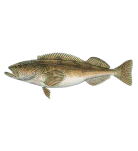
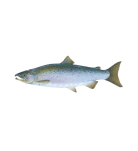
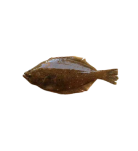
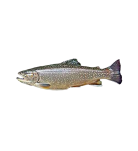
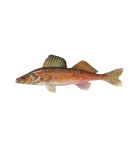
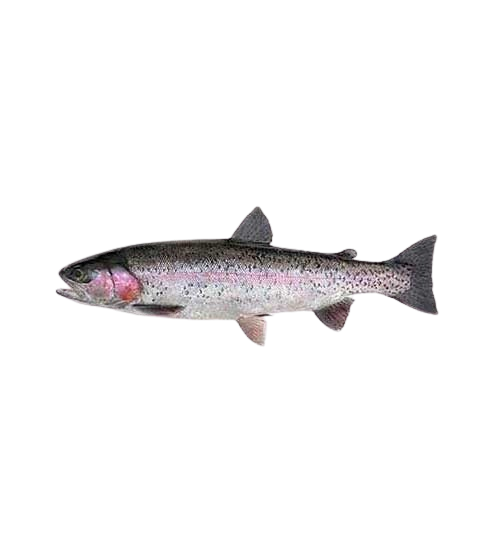
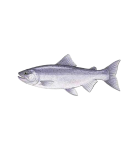
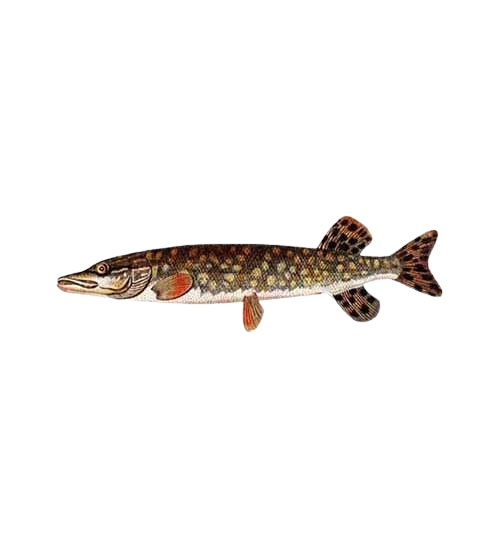
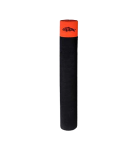
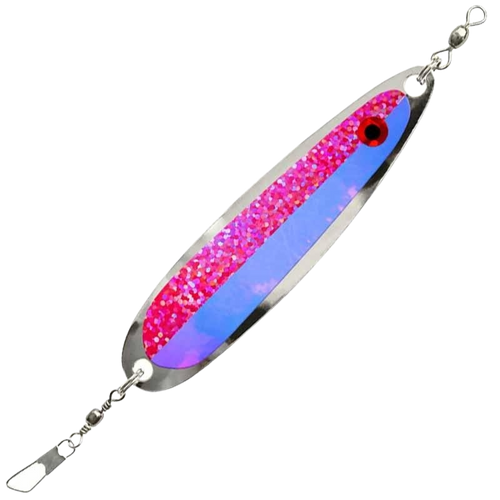
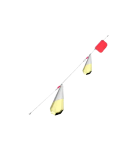
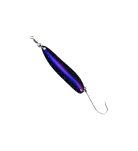
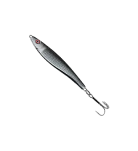
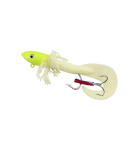
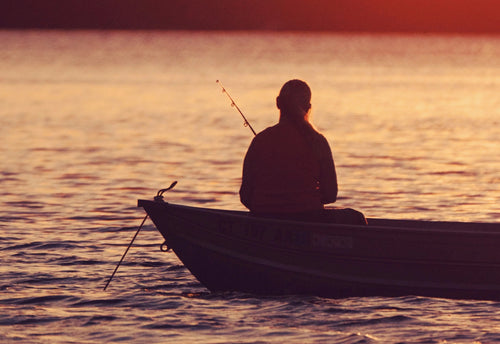
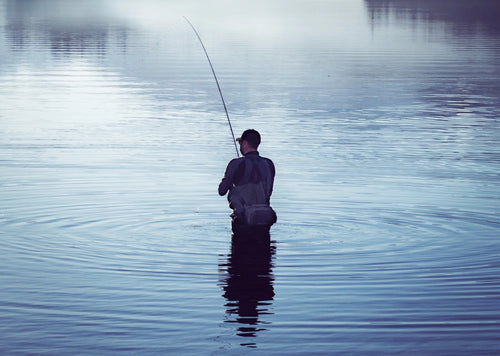
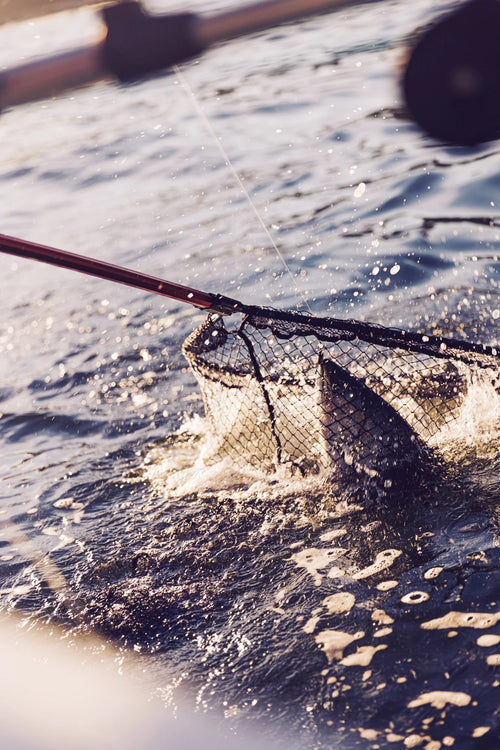
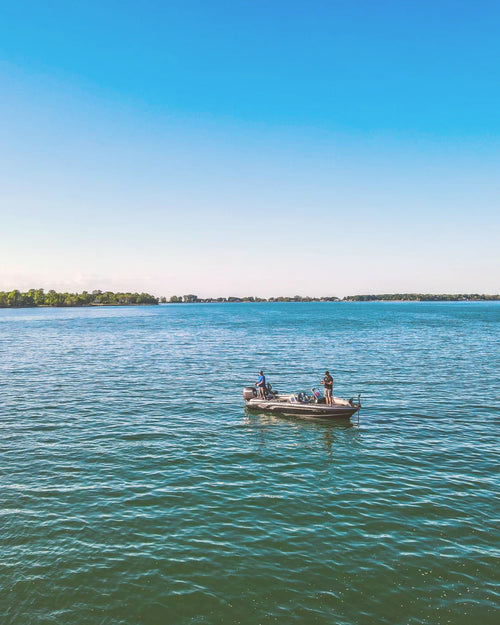
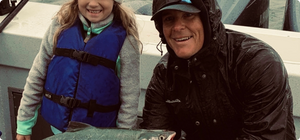
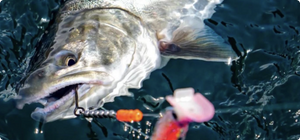
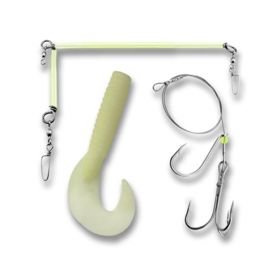
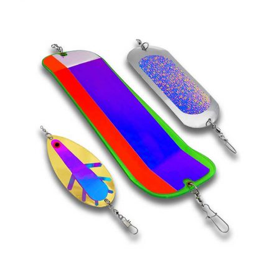
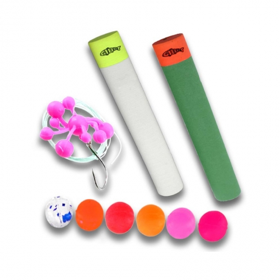
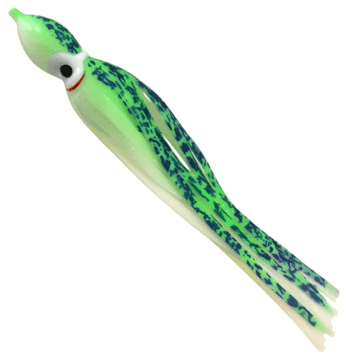
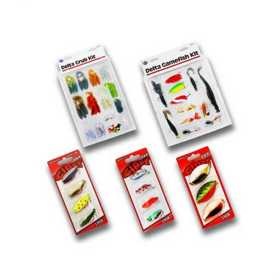
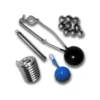
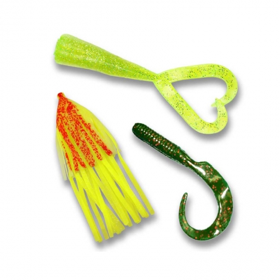
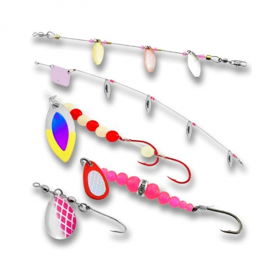
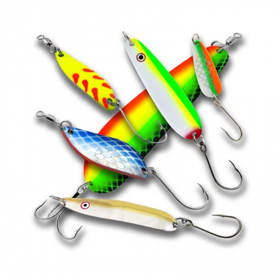
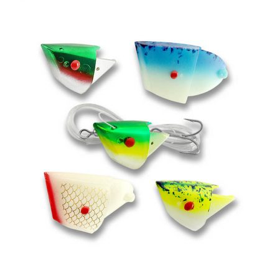
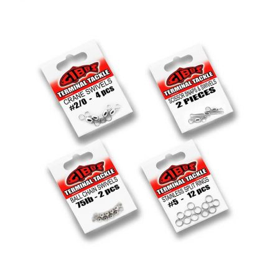
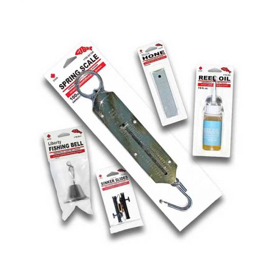
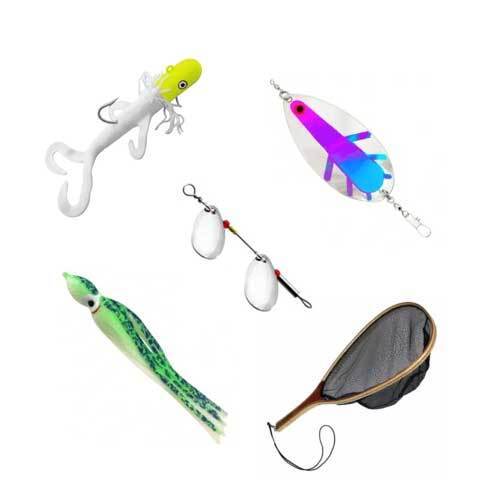
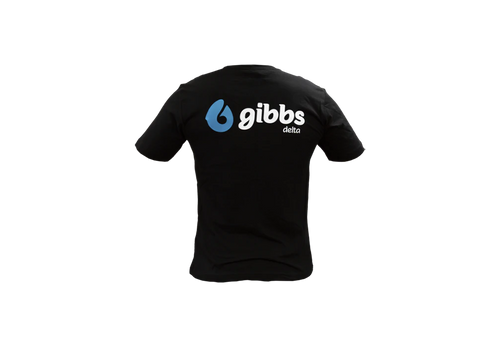
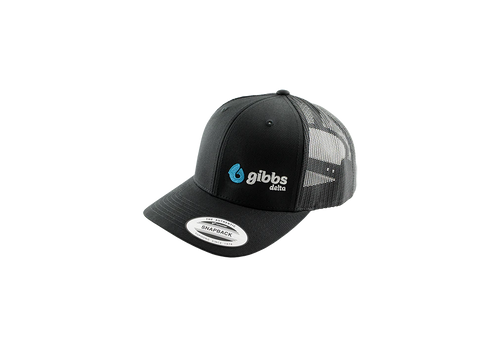
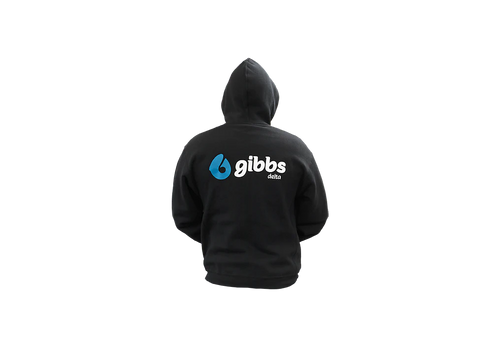
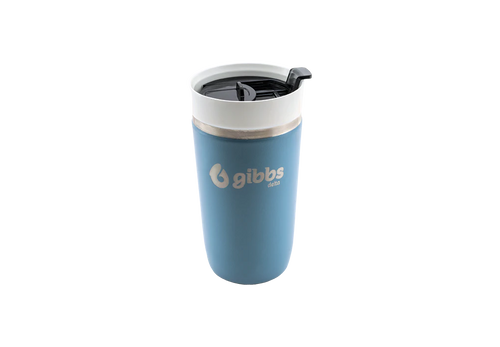





Comments
Leave a comment